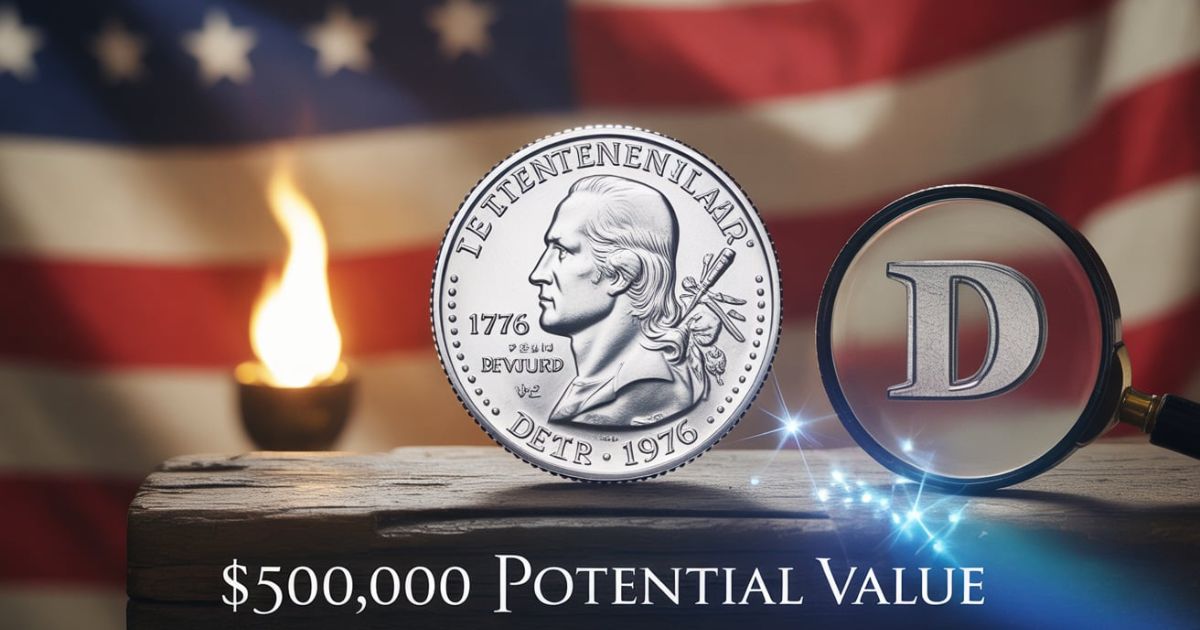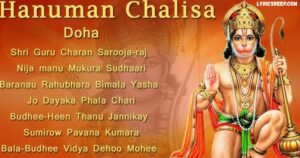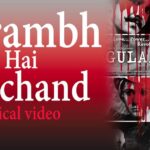Hey, you ever dig through your pocket change and wonder if there’s a hidden gem? The 1976 Bicentennial Quarter might just be that treasure. Minted to celebrate America’s 200th birthday, this coin isn’t just pocket change—it’s a piece of history that could be worth up to $500,000.
With its unique design and rare versions, the bicentennial coin captures the spirit of 1776 while sparking modern-day treasure hunts.
Let’s explore why this quarter is so special, how to spot a valuable bicentennial quarter, and whether you might have one hiding in your couch cushions.
Read More: Shanin Blake: Age, Net Worth, Career, Relationship [2025]
What Made 1976 So Important for the United States?
Picture America in 1976: fireworks bursting, flags waving, and parades in every town. The nation was celebrating its 200th anniversary of independence, marking 1776 when the Declaration of Independence was signed.
This American independence anniversary wasn’t just a party—it was a moment to honor the grit of the Revolutionary War and the birth of a nation. The U.S. Mint joined the celebration, releasing special coins, including the 1976 quarter, to commemorate the milestone.
These coins weren’t just currency; they were symbols of pride, tying every American to the bicentennial celebration. Fun fact: over 1.6 billion bicentennial quarters were minted, making them common—but a few rare ones stand out.
How the Bicentennial Quarter Looks Different
Flip a 1976 Bicentennial Quarter, and you’ll see it’s no ordinary coin. Unlike the eagle on standard quarters, the reverse boasts a Revolutionary War drummer—a bold nod to the colonial soldiers who fought for freedom.
A victory torch and 13 stars, symbolizing the original colonies, frame the design. The obverse keeps George Washington’s portrait but swaps the single year for a striking “1776-1976” dual date.
Designed by Jack L. Ahr after winning a national contest, this bicentennial coin design screams patriotism. Next time you grab a quarter, check for that drummer boy—it’s a dead giveaway you’ve got a collectible quarter.
Why It’s Called the Bicentennial Quarter
The name Bicentennial Quarter is all about timing. “Bicentennial” means a 200th anniversary, and this coin honors America’s leap to independence in 1776. The “1776-1976” date etched on the coin links the past to the present, celebrating two centuries of freedom.
Minted in 1975 and 1976, these quarters were a one-time deal, not a regular issue. That limited run makes the independence quarter a standout in numismatic circles.
As coin expert John Wexler once said, “The Bicentennial Quarter is a snapshot of America’s pride frozen in metal.”
How Much Is the Bicentennial Quarter Worth?
Most 1976 Bicentennial Quarters are worth exactly 25 cents—after all, billions flooded into circulation. But hold on! Some versions fetch way more. A bicentennial quarter value depends on condition, mint mark, and rarity.
For instance, a Philadelphia-minted quarter in MS68 condition (near-perfect) can sell for $4,500. Silver bicentennial quarters from San Francisco, struck in 40% silver, often go for $10-$50 in proof condition.
And then there’s the holy grail: rare error coins or flawless proofs that hit $500,000 at auction. Here’s a quick breakdown:
| Condition/Mint | Estimated Value |
| Circulated (P or D) | $0.25-$1.00 |
| MS68 (Philadelphia) | $4,000-$4,500 |
| Silver Proof (S) | $10-$50 |
| Error Coin (Rare) | Up to $500,000 |
Check your change—you might have a quarter worth more than a cup of coffee!
What Makes One Worth $500,000?
A $500,000 Bicentennial Quarter isn’t your average coin. It’s a rare combo of perfection and quirks. Minting mistakes like double die errors (where the design appears doubled) or off-metal strikes (like a quarter struck on a dime planchet) are gold mines.
Silver bicentennial quarters, especially San Francisco proofs in 40% silver, shine brighter and weigh more (6.25 grams vs. 5.67 grams for copper-nickel). Coins graded MS-70 or PF-70 by PCGS or NGC—meaning flawless—are ultra-rare.
For example, a 1976-S quarter with a double die error sold for $500,000 in 2020 due to its pristine condition and unique flaw. As numismatist Susan Headley notes, “Error coins are like lightning strikes—rare and electrifying.”
Which Mint Marks to Look Out For
Your 1976 quarter could reveal its value with one tiny letter. Mint mark identification is key, found near Washington’s hairline:
- No Mint Mark (Philadelphia): Common but valuable in top grades (MS68 = $4,500).
- “D” (Denver): Slightly less common; errors like double die obverse can hit $8,000.
- “S” (San Francisco): The rarest, often 40% silver. A PF-70 silver proof can exceed $1,000, with errors fetching more.
Grab a magnifying glass and check for that “S” or blurry designs. A valuable silver coin could be hiding in plain sight. Here’s a tip: don’t clean your coins—it slashes their value.
Why Collectors Love This Coin
For coin enthusiasts, the 1976 Bicentennial Quarter is pure magic. The Revolutionary War drummer design stirs images of colonial bravery, while the 13 stars coin ties directly to America’s founding.
Coin collectors guide tip: rarity fuels passion. Silver proofs and bicentennial quarter errors are like hunting for buried treasure. Beyond cash, these coins carry stories—each one a tiny piece of the bicentennial celebration.
One collector shared, “Finding a silver ‘S’ quarter feels like holding 1776 in your hand.” Numismatists chase these for their history, rarity, and the thrill of discovery.
Case Study: The $500,000 Auction
In 2020, a quarter with minting error—a 1976-S struck on a dime planchet—sold for $500,000 at Heritage Auctions. The coin, graded MS-67, was a fluke: thinner, lighter, and one-of-a-kind. Its silver content and error made it a rare coin error that collectors fought over. This sale shows why checking your change matters—you never know what’s out there.
Is It Still Possible to Find One?
Think you can’t find a valuable bicentennial quarter? Think again! While most rare ones are in collections, some still pop up in circulation. Check piggy banks, old wallets, or even vending machine change for a find bicentennial quarter moment.
Silver bicentennial quarters or misprint quarters sometimes appear at flea markets or coin shops. Use a loupe to spot the “S” mint mark or errors like doubled designs. Don’t polish your find—cleaning kills value.
Get it appraised by PCGS or NGC if it looks special. Your next pocket change treasure could be a life-changer.
Tips to Spot a Valuable Quarter
- Check Mint Marks: Look for “S” or no mark near Washington’s hair.
- Inspect for Errors: Blurry or doubled designs scream rare coin error.
- Weigh It: Silver quarters (6.25g) are heavier than copper-nickel (5.67g).
- Get It Graded: Professional appraisal can confirm a high value coin.
Quick Overview of the 1976 Bicentennial Quarter
Here’s the 1976 Bicentennial Quarter at a glance:
- Design: Revolutionary War drummer, torch, 13 stars; “1776-1976” obverse.
- Mints: Philadelphia (no mark), Denver (“D”), San Francisco (“S”).
- Composition: Copper-nickel clad; some “S” are 40% silver coin.
- Value: 25 cents to $500,000 for rare errors or proofs.
- Why It Matters: A patriotic coin celebrating America’s 200th.
This numismatist tips snapshot helps you spot a collectible quarter fast.
FAQs About the 1976 Bicentennial Quarter
Q: Is every Bicentennial Quarter worth money?
Most 1976 Bicentennial Quarters are worth just 25 cents, as billions were minted for circulation. However, valuable bicentennial quarters with rare errors, silver content, or perfect condition can fetch hundreds or even $500,000.
Q: How do I know if my coin is valuable?
Check for an “S” mint mark, weigh it (silver is 6.25g), and look for bicentennial quarter errors like doubled designs. Get it graded by PCGS or NGC to confirm bicentennial quarter value.
Q: Can I still use the Bicentennial Quarter today?
Yes, 1976 Bicentennial Quarters are legal tender, worth 25 cents in transactions. But rare ones are better saved for collectors due to their potential high value coin status.
Q: Why was a drummer chosen for the design?
The Revolutionary War drummer symbolizes colonial soldiers who used drums to signal troops, reflecting the patriotic coin’s tie to the American independence anniversary.
Conclusion
The 1976 Bicentennial Quarter isn’t just spare change—it’s a portal to America’s past and a potential jackpot. With its bicentennial coin design and rare versions like silver bicentennial quarters or error coin lists, it’s a collector’s dream.
Whether you’re hunting for a $500,000 coin or just love history, this quarter sparks excitement. So, grab your change jar, check for that S mint mark, and start your treasure hunt. Who knows? The next independence quarter you find could be worth more than you ever imagined.











